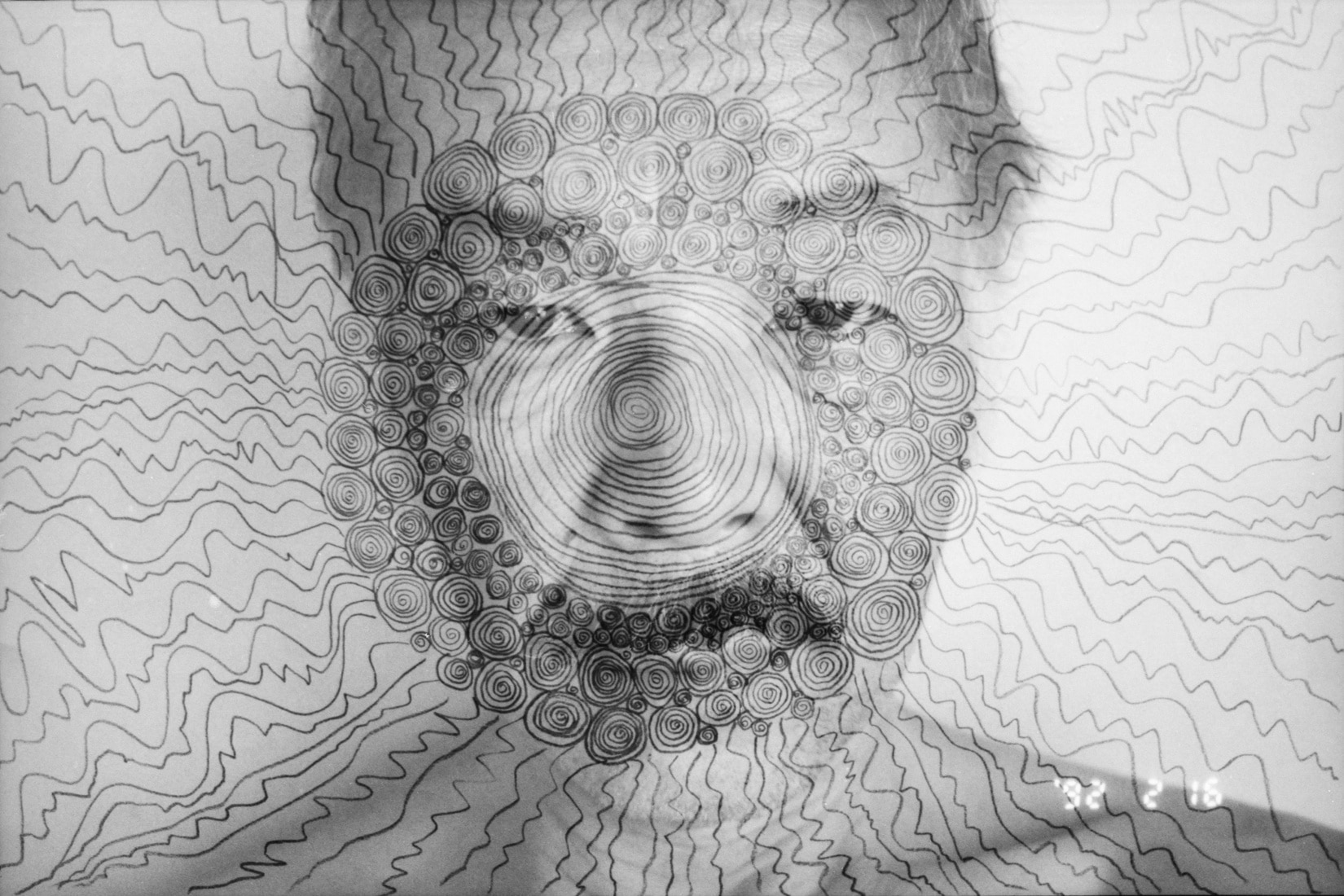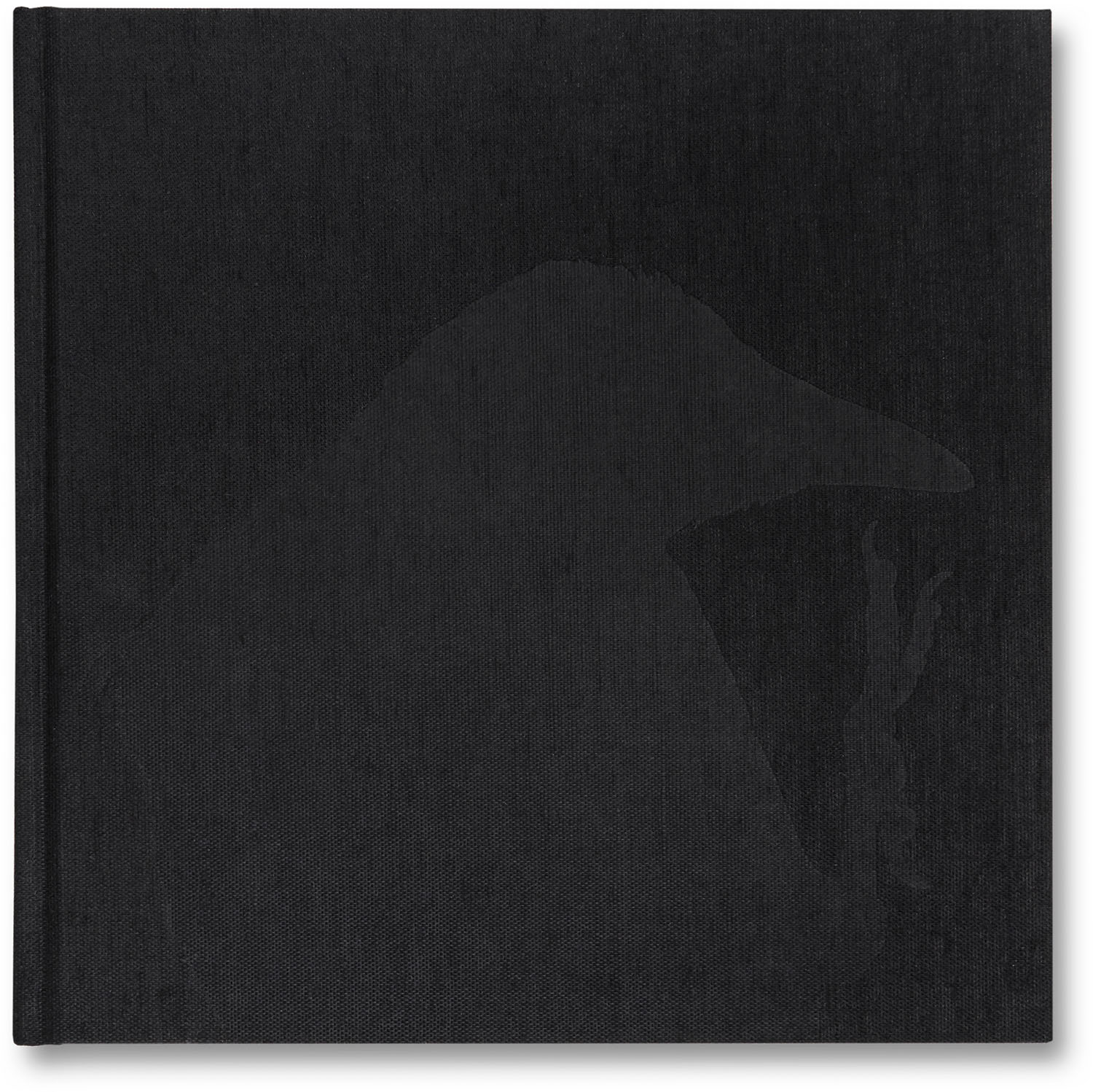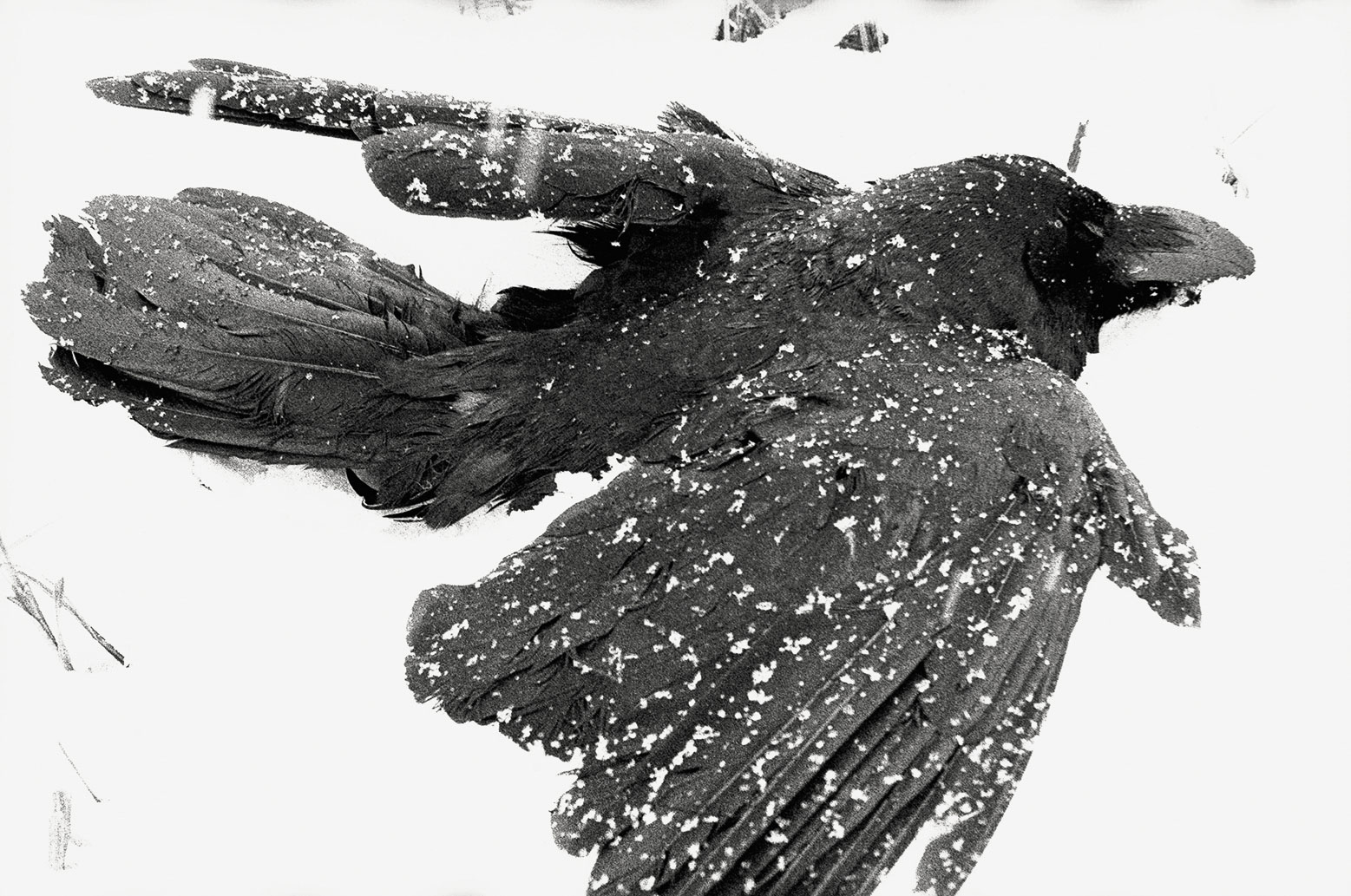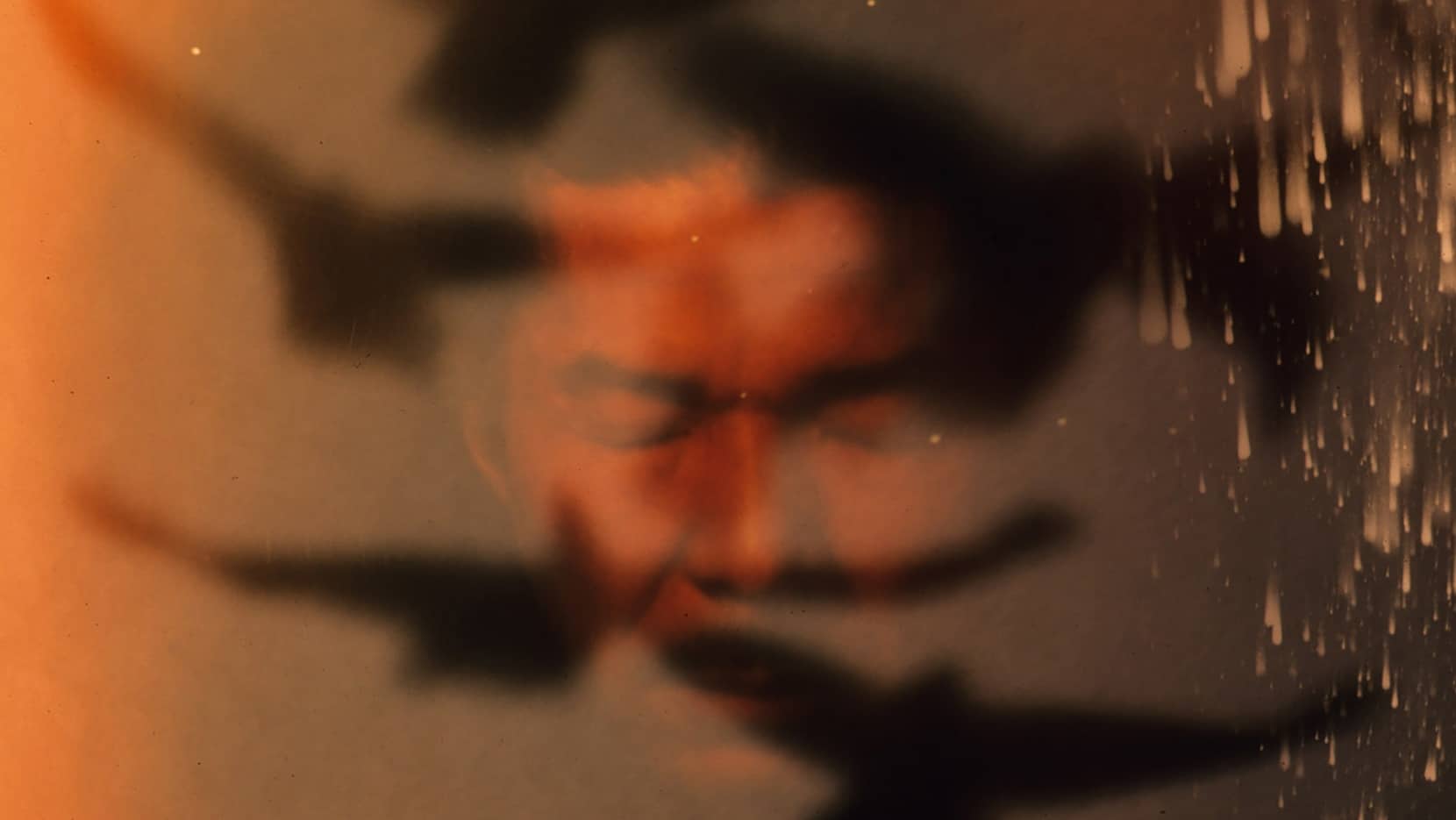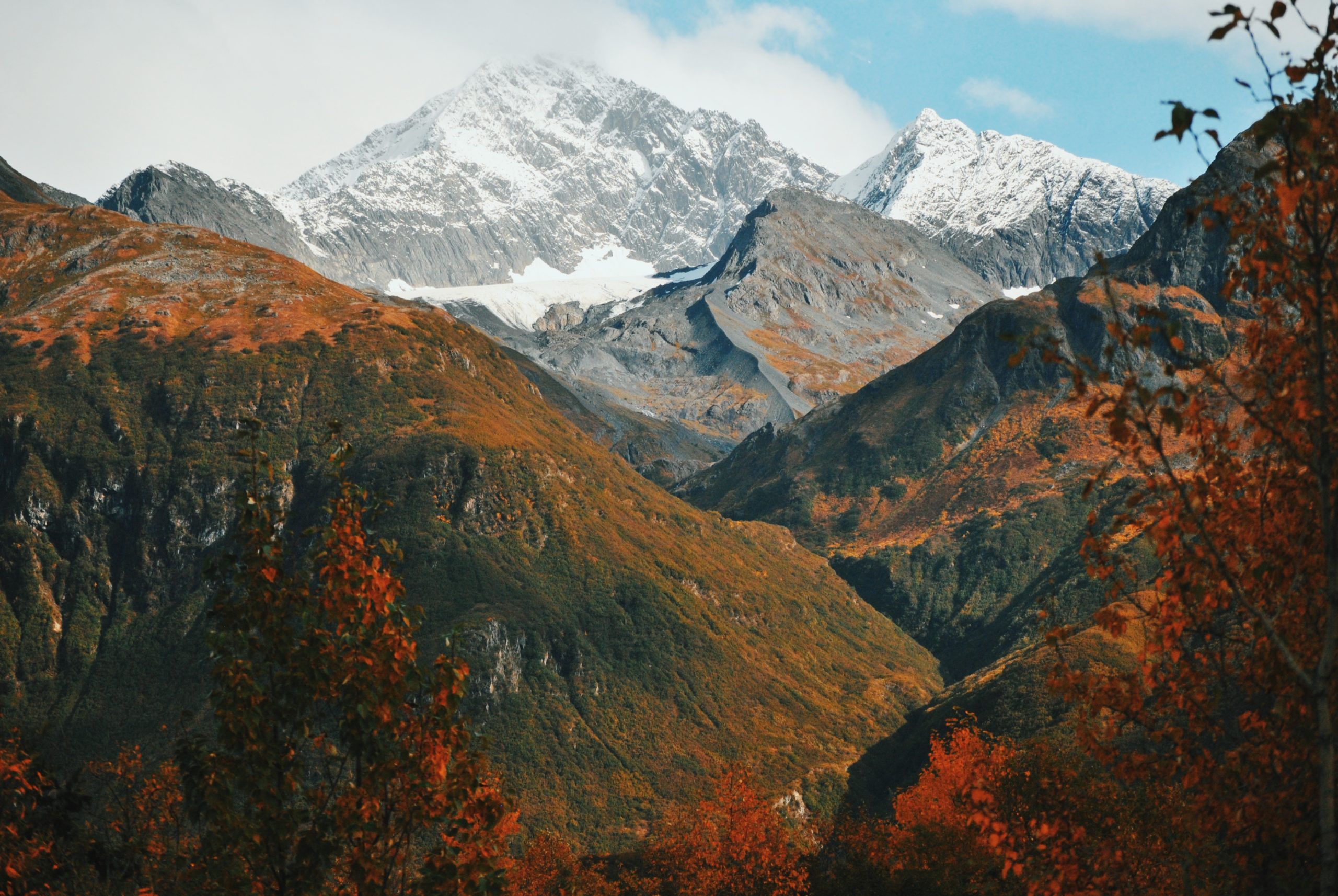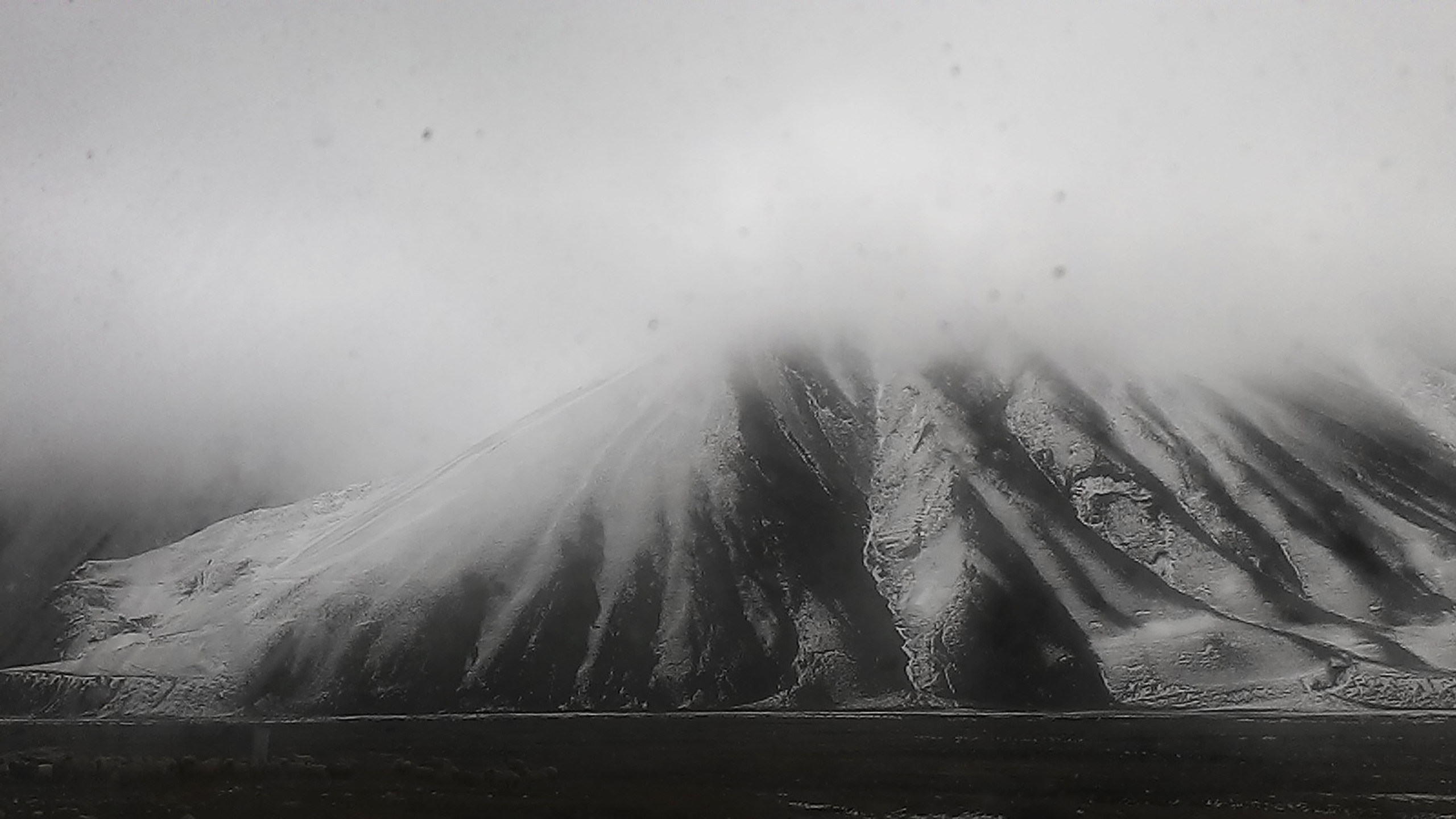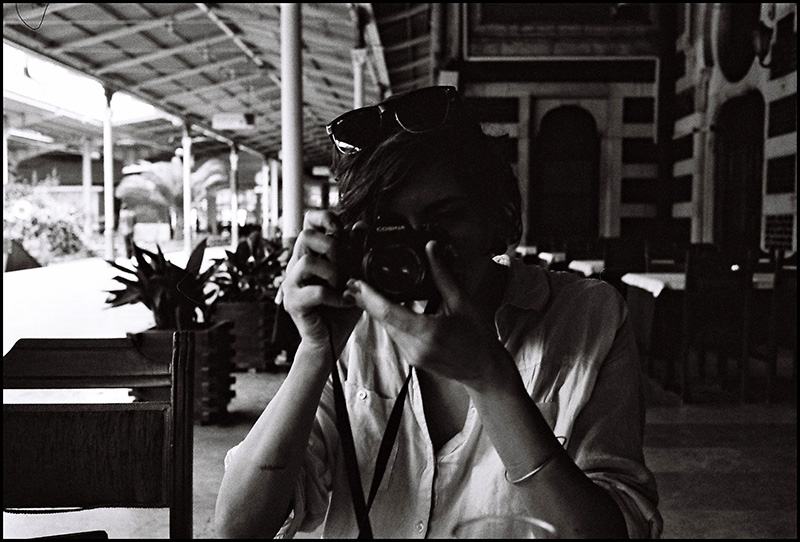The spotlight is on Masahisa Fukase following his posthumous show at the Rencontres d’Arles photography festival. The exhibition provided an opportunity to introduce the European public to one of the most radical and influential photographers of his generation. This retrospective of the Japanese photographer from Hokkaido was entitled “The incurable egoist”.
“What I’m interested in is always me.”
That “incurable egoist” refers – among other things – to an article written by his second wife, Yoko Wanibe, for the Japanese photography magazine Mainichi. There she explains that the Yoko series of photographs for which she was both muse and subject in fact unmistakably depicted Fukase himself: “We’d lived together for ten years, but he only saw me through a lens; I think all the photos of me are really photos of himself.” . She says he used his subjects and indeed the entire world as a sort of mirror so that he could look deeper into himself. In this way his work can be seen as a reflection of his own psyche, a symbol of “the nature of his own existence”. That opinion is even more understandable in view of Fukase’s latest works before his disappearance, where he constantly put himself in the foreground of the scenes he was capturing.
Solitude never goes away.
For Black Crows, family feeling inevitably draws us – even though our spiritual connection is rather with the Alpine chough – to share his images of ravens, and in particular to The Solitude of Ravens , his book of photos taken between 1976 and 1982 after his divorce from Yoko Wanibe. Black, gloomy, very intense, his images are all about the raven’s anthropomorphic rapport. They are over-exposed and grainy, symbolizing his despair and the solitude in which he is drowning. These birds – dead, alive, alone or in flocks – become shadows encroaching on our perception. Though there are other subjects now and then – a silhouette disappearing in an alley-way, a malevolent cat in close-up, the soft flesh of a naked masseuse or factory smoke shot against the light – it is the recurring presence of ravens that floods over us.
Bird of misfortune
In Japanese mythology ravens are birds of ill omen, and this is undoubtedly what led Fukase to project his sorrow onto them. “While on a train returning to his hometown of Hokkaido, perhaps feeling unlucky and ominous,” she writes, “Fukase got off at stops and began to photograph something which in his culture and in others represents inauspicious feeling: ravens. He became obsessed with them, with their darkness and loneliness.” For ten years Fukase was haunted by ravens, so much so that he made a book of them which was immediately hailed as a masterpiece of photography*.
In 1992, five years after The Solitude of Ravens was published, Fukase fell down a flight of stairs in one of the Tokyo bars he frequented. He sustained serious brain damage and was in a coma for twenty years until he died on 9 June 2012. His former wife, now remarried, visited him in hospital twice a month. “He remains part of my identity”, she said. She was the sole character in his Yoko series, a succession of photos taken every morning from the window of their apartment as she was leaving for work. “With a camera in front of his eye, he could see; not without,” she said.
*in 2010 the work was picked for The British Journal of Photography as “Best photobook of the past 25 years” (1986-2009).
